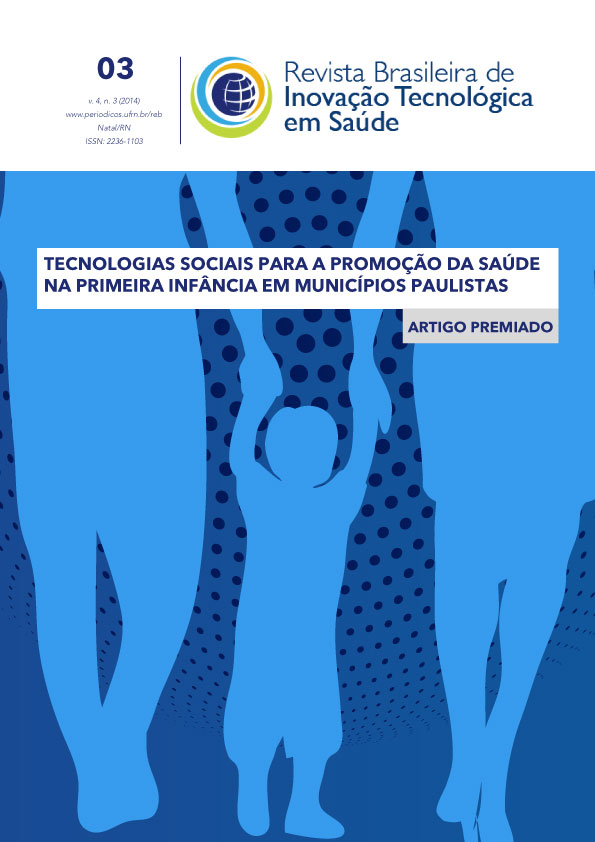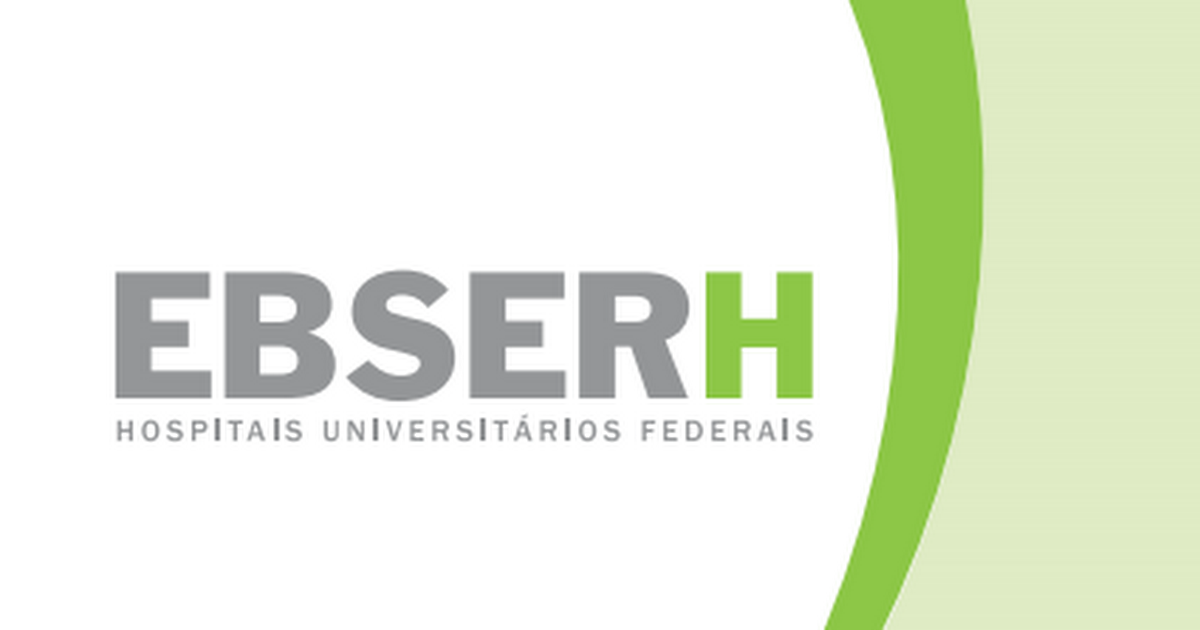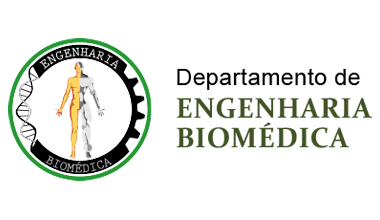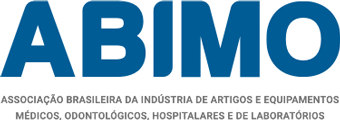USO DA PROTOTIPAGEM RÁPIDA NA FABRICAÇÃO DE PRÓTESES BUCOMAXILOFACIAIS – CASO CLÍNICO
DOI:
https://doi.org/10.18816/r-bits.v4i3.5771Resumo
Este trabalho descreve um sistema que integra métodos de reconstrução tridimensional e técnicas de prototipagem rápida, possibilitando a criação de modelos médicos (biomodelos) através de dados tomográficos. Esses modelos podem ser manufaturados através de processos que são úteis em muitas aplicações médicas, tais como fabricação de próteses, auxilio em diagnósticos e planejamentos ou até mesmo para guiar procedimentos cirúrgicos. A Tomografia Computadorizada e Ressonância Magnética são duas técnicas comumente utilizadas para capturar informações da anatomia humana. A Prototipagem Rápida é uma técnica relativamente recente para produzir objetos com formas complexas, sendo obtida diretamente através de dados digitais tridimensionais. Estes modelos sólidos são construídos pela adição de camadas de material, camada por camada. Atualmente, vários processos de manufatura estão disponíveis comercialmente, tais como Modelagem por Deposição e Material Fundido e Estereolitografia e Sinterização Seletiva a Laser. A pesquisa baseou-se em um estudo de um caso clínico de um paciente da Liga Norte-Riograndense Contra o Câncer (LNRCC), localizada em Natal/RN, o paciente em estudo apresentava mutilações na região de pré-maxila, além de abertura de boca deficiente em decorrência de uma cirurgia para remoção de lesão oncológica. Este artigo descreve os procedimentos para a aquisição de imagens médicas no formato DICOM, a conversão desses arquivos de engenharia no formato STL e por fim a confecção da prótese via prototipagem 3D.Downloads
Referências
Arora, A., et al. Custom-Made Implant for Maxillofacial Defects Using Rapid Prototype Models, American Association of Oral and Maxillofacial Surgeons, Elsevier Inc, 2013.
Choi, J.Y. et al. “Analysis of errors in medical rapid prototyping models”, Int. J. Oral Maxillofac. Surg. 31: 23–32, 2002.
Fernandes, A.U; Goiato, M.C; Dos Santos, D.M. Effect of weatheringand thickness on roughness of acrylic resin and ocular button. ContLensAnteriorEye. p. 33-124, Jun. 2010
Foggiatto, J. A. O Uso Da Prototipagem Rápida Na Área Médico-Odontológica, UTFPR, 2010.
Goiato, M.C; Fernandes, A.U; Dos Santos, D.M; Barão, V.A.R. Positioning Magnets on a Multiple/Sectional Maxillofacial Prosthesis. J Contemp Dent Pract. p. 101-107. 2007.
Pedrini, H. Reconstrução 3d a partir de seções transversais de objetos. Dissertação de Mestrado - Departamento de Engenharia da Computação e Automação Industrial. Universidade Estadual de Campinas, Campinas, 98 p, 1994.
Rezende, J.R.V. Fundamentos da prótese buco-maxilo-facial. São Paulo. Sarvier, 1987.
Rodrigues, Shenoy e Shenoy; Prosthetic rehabilitation of a patient after partial rhinectomy: Aclinical report. J Prosthet Dent; p. 93-125. 2005.
Safira. et al. Aplicação dos biomodelos de prototipagem rápida na Odontologia, confeccionados pela técnica da impressão tridimensional. Revista de Ciências Médicas e Biológicas. 2010.
Sugar, A. et al. The development of a collaborative medical modeling service: organizational and technical considerations. Br. J. Oral Maxillofac. Surg., Edinburgh, v.42, p.323-330, 2004.
Vinagre, M. A. M. Obtenção de Modelos Anatómicos por Prototipagem Rápida, Dissertação de Mestrado, Universidade de Aveiro, 2008.
Yan Yongnian, et al. Rapid Prototyping and ManufacturingTechnology: Principle, Representative Technics, Applications, and Development Trends, Tsinghua Science and Technology, ISSN 1007-0214 01/38, pp1-12, volume 14, number s1, 2009.
Zhang, S., et al. Application of Rapid Prototyping for Temporomandibular Joint Reconstruction, American Association of Oral and Maxillofacial Surgeons. Elsevier Inc. All rights reserved, 2011.
http://www.ligacontraocancer.com.br/ acesso dia 21 de março de 2013.
Ariani N, Visser A, van Oort RP, Kusdhany L, Rahardjo TB, Krom BP, van der Mei HC, Vissink A. Current state of craniofacial prosthetic rehabilitation. Int J Prosthodont 2103;26:57-67.
Flood TR, Russell K. Reconstruction of nasal defects with implant-retained nasal prostheses. Br J Oral Maxillofac Surg 1998;36:341-345.
Huber H, Studer SP. Materials and techniques in maxillofacial prosthodontic rehabilitation. Oral Maxillofac Surg Clin North Am 2002;4:73-93.
Wallace CG, Wei FC. The status, evolution and future of facial reconstruction. Chang Gung Med J 2008;31:441-449.
Beumer J, Reisberg DJ, Marunick MT, Powers J, Kiat-amnuay S, van Oort R, Zhao Y, Wu G, Eversole LR, Cherrick HM, Roumanas E, Pedroche D, Baba T, de Cubber J, Moy PK, Noorda WD, van Dijk G. Rehabilitation of facial defects. In: Beumer J, Marunick MT,Esposito SJ editors. Maxillofacial rehabilitation: prosthodontics and surgical management of cancer-related, acquired, and congenital defects of the head and neck. 3d edition. Chicago: Quintessence Pubishing Co. 2011. p. 255-314.
Mantri S, Khan Z. Prosthodontic rehabilitation of acquired facial defects. In: Agulnik M, editor: Head and neck Cancer. InTech 2012. p. 315-336.
Chalian VA. Treating the patient with facial defects. In: Laney WR, editor. Maxillofacial prosthetics. Littleton, Massachusetts: PSG Publishing Co.; 1979. p. 279-308.
Lemon JC, Chambers MS, Jacobsen ML, Powers JM. Color stability of facial prostheses. J Prosthet Dent 1995;74:613-618.
Parel SM, Tjellström A. The United States and Swedish experience with osseointegration and facial prostheses. Int J Oral Maxillofac Implants 1991;6:75-79.
Ethunandan M, Downie I, Flood T. Implantretained nasal prosthesis for reconstruction of large rhinectomy defects: the Salisbury experience. Int J Oral Maxillofac Surg 2010;39:343-349.
Leonardi A, Buonaccorsi S, Pellachia V, Moricca LM, Indrizzi E, Fini G. Maxillofacial prosthetic rehabilitation using extraoral implants. J Craniofac Surg 2008;19:398-405.
Mantri S, Khan Z. Prosthodontic rehabilitation of acquired facial defects. In: Agulnik M, editor: Head and neck Cancer. InTech 2012. p. 315-336.
Chua, C. K., Chou, S. M., Lin, S. C., Lee, S. T. and Saw, C. A. (2000), “Facial prosthetic model fabrication using rapid prototyping tools”, Integrated Manufacturing Systems, Vol. 11 No. 1, pp. 42-53.
Cheah, C. M., Chua, C. K., Tan, K. H. and Teo, C. K. (2003a), “Integration of laser surface digitizing with CAD/CAM techniques for developing facial prostheses. Part 1: Design and fabrication of prosthesis replicas”, International Journal of Prosthodontics, Vol. 16 No. 4, pp. 435-41.
Cheah, C. M., Chua, C. K. and Tan, K. H. (2003b), “Integration of laser surface digitizing with CAD/CAM techniques for developing facial prostheses. Part 2: Development of molding techniques for casting prosthetic parts”, International Journal of Prosthodontics, Vol. 16 No. 5, pp. 543-8.
Chandra, A., Watson, J., Rowson, J. E., Holland, J., Harris, R. A. and Williams, D. J. (2005), “Application of rapid manufacturing techniques in support of maxillofacial treatment: evidence of the requirements of clinical application”, Proceedings of the Institution of Mechanical Engineers, Part B: Journal of Engineering Manufacture, Vol. 219 No. 6, pp. 469-76.








 Português (Brasil)
Português (Brasil) English
English Español (España)
Español (España)






